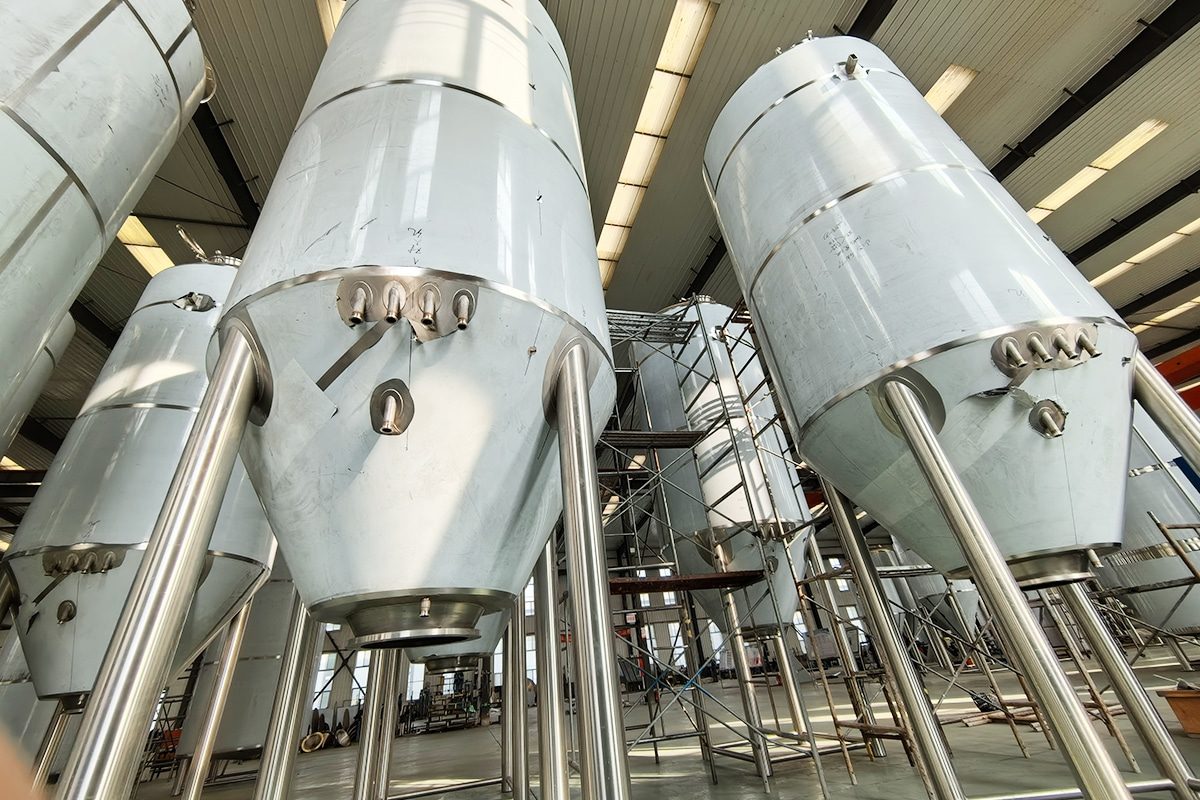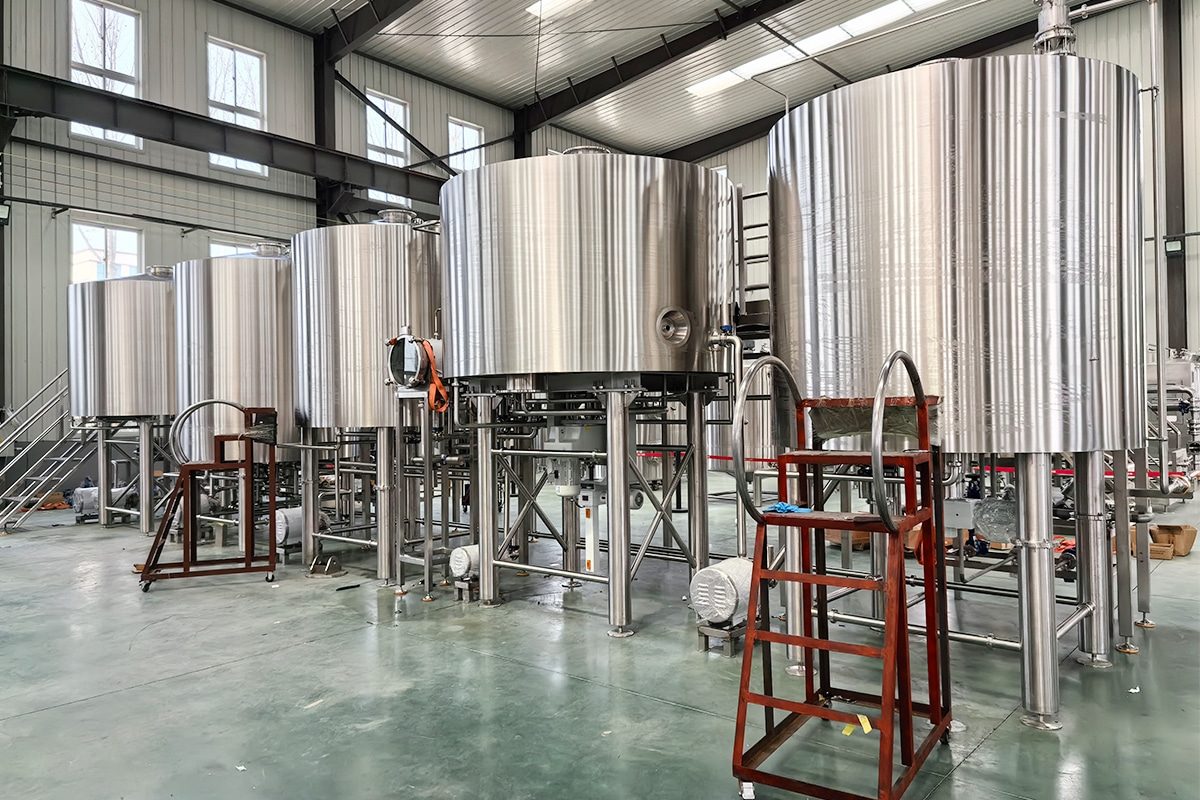
Risk Management Skills Of Craft Brewery
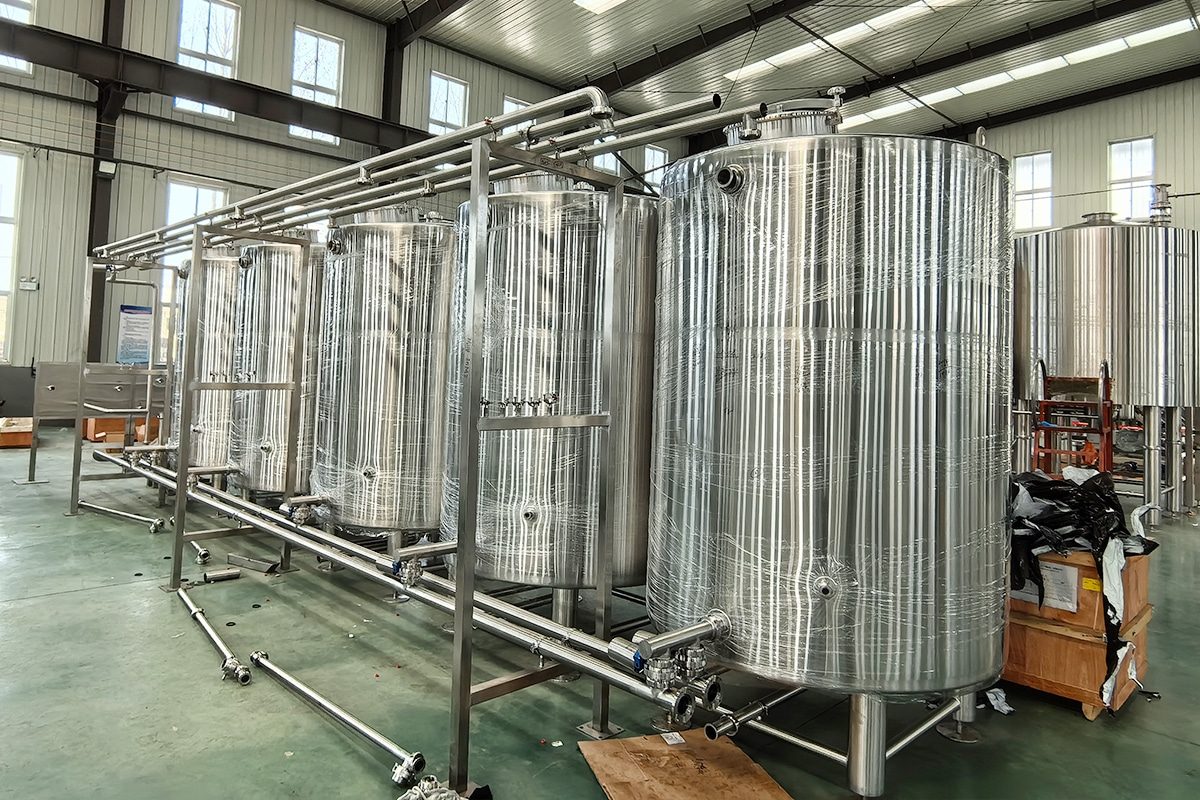
Learn About Regulatory Compliance
Federal Regulations
Craft breweries in the United States are subject to federal regulations overseen primarily by the Alcohol and Tobacco Tax and Trade Bureau (TTB). These regulations cover all aspects related to the production, labeling, taxation, and distribution of alcohol. Key components of federal regulations include:
- Permits and Licenses: Breweries must obtain the appropriate permits and licenses from the TTB to operate legally. This includes notification of brewers authorized to produce beer, as well as licenses for specific activities such as importing or exporting alcohol.
- Labeling and Advertising: The TTB regulates the labeling and advertising of alcoholic beverages to ensure accuracy and prevent deceptive practices. Breweries must comply with labeling requirements regarding alcohol content, health warnings, and ingredient statements.
- Taxes: Federal excise taxes apply to the production and sale of beer, with rates varying based on factors such as volume and alcohol content. Breweries are responsible for accurately calculating and remitting these taxes to the TTB.
State and Local Regulations
In addition to federal regulations, craft breweries must comply with state and local laws regarding the production, distribution, and sale of alcohol. These regulations may vary by jurisdiction and may include:
- Licensing Requirements: Breweries must obtain licenses from state and local authorities to operate legally within their jurisdictions. This may include licenses for manufacturing, distribution, retail, and on-site consumption, depending on the brewery’s business model.
- Distribution Agreements: Some states have specific requirements for the distribution of alcoholic beverages, including restrictions on direct sales to consumers and the use of wholesalers or distributors.
- Sales and Consumption Regulations: States may have specific regulations regarding where and how alcoholic beverages may be sold and consumed, including operating hour limits, alcohol content limits for certain products, and licensing requirements for on-site consumption.
Health and Safety Regulations
Ensuring the health and safety of employees and consumers contributes to efficient brewery operations. Craft breweries must comply with various health and safety regulations to maintain a safe working environment and prevent hazards associated with alcohol production. Key considerations include:
- Occupational Safety and Health Administration (OSHA) Standards: Breweries must comply with OSHA regulations designed to protect workers from workplace hazards, including those related to machinery operation, chemical exposure, and ergonomic risks.
- Hygiene Requirements: Maintaining cleanliness and sanitation throughout the brewing process prevents contamination and ensures the safety of the finished product. Breweries must follow strict hygiene protocols to comply with health and safety regulations.
- Hazardous Materials Handling: Breweries often use hazardous materials such as cleaning chemicals and compressed gases. Compliance involves the proper handling, storage, and disposal of these materials to minimize risks to employees and the environment.

Quality Control and Assurance
Ingredient Quality
The foundation of any great beer starts with great ingredients. Craft breweries must carefully source and evaluate the quality of ingredients such as malt, hops, yeast, and water to achieve the desired flavor profile and ensure product consistency. Key considerations for ingredient quality control include:
- Malt: Malt is the base of beer and contributes to its flavor, color, and mouthfeel. Breweries should source malt from reputable suppliers known for their quality and consistency.
- Hops: Hops give bitterness, aroma, and flavor to beer, giving it the quality to achieve the desired taste. Breweries should choose hops based on variety, alpha acid content, and freshness.
- Yeast: Yeast plays a vital role in the fermentation process, converting sugar into alcohol and producing the flavors and aromas unique to different beer styles. Breweries should use quality yeast strains suitable for their desired beer style and maintain proper yeast handling and storage practices.
- Water: Water is the main ingredient in beer, affecting its flavor, mouthfeel, and overall character. Breweries should use clean, filtered water that is free of contaminants and adjust its mineral content as needed to achieve the desired brewing effect.
Brewing Process
The brewing process itself plays a vital role in determining the quality and consistency of the final product. Craft breweries must implement strict controls and procedures to monitor and optimize the brewing process for optimal results. Key aspects of quality control in the brewing process include:
- Mashing and Boiling: Precise control of mashing temperatures and boiling times ensures optimal extraction of fermentable sugars, enzymes, and flavor compounds from the grains.
- Fermentation: Maintaining proper fermentation conditions, including temperature control, yeast fermentation rates, and oxygenation levels, can help achieve desired fermentation results and flavor development.
- Conditioning: Conditioning beer after fermentation allows flavors to mature and harmonize, resulting in a smoother and more balanced final product. Breweries should monitor adjustment times and temperatures to achieve the desired flavor profile.
Sensory Evaluation
Sensory evaluation testing of the finished product can help assess quality and identify any off-flavors or defects. Craft breweries can utilize trained sensory panels or sensory analysis tools to evaluate various aspects of their beer, including:
- Appearance: Evaluating a beer’s color, clarity, and foam characteristics can provide insight into its visual appeal and potential brewing flaws.
- Aroma: Analyzing the aroma of a beer helps identify desired hop, malt, and yeast characteristics, as well as any off-flavors or fermentation by-products.
- Flavor: Evaluating a beer’s flavor profile includes assessing its balance, complexity, and flavor intensity, as well as detecting any off-flavors or off-flavors.
- Mouthfeel: Examining the mouthfeel of a beer, including its body, carbonation, and texture, can provide insight into its overall drinkability and perceived quality.
Quality Management System
Implementing a strong quality management system (QMS) helps breweries maintain consistency, identify quality issues, and continuously improve their processes. Key components of a QMS include:
- Standard Operating Procedures (SOPs): Documented SOPs provide clear guidance and instructions for every aspect of a brewery operation, from ingredient handling and brewing process to packaging and distribution. SOPs ensure consistency and accountability across the organization.
- Quality Control Checks: Regular quality control checks such as pH measurements, gravimetric readings, and microbial analysis help monitor key parameters and detect deviations from standards.
- Corrective and Preventive Action (CAPA): Implementing CAPA enables breweries to promptly address quality issues and prevent their recurrence by identifying root causes and implementing corrective actions.
- Training and Education: Provide ongoing training and education to brewery employees on quality management principles and best practices to foster a culture of quality and responsibility throughout the organization.
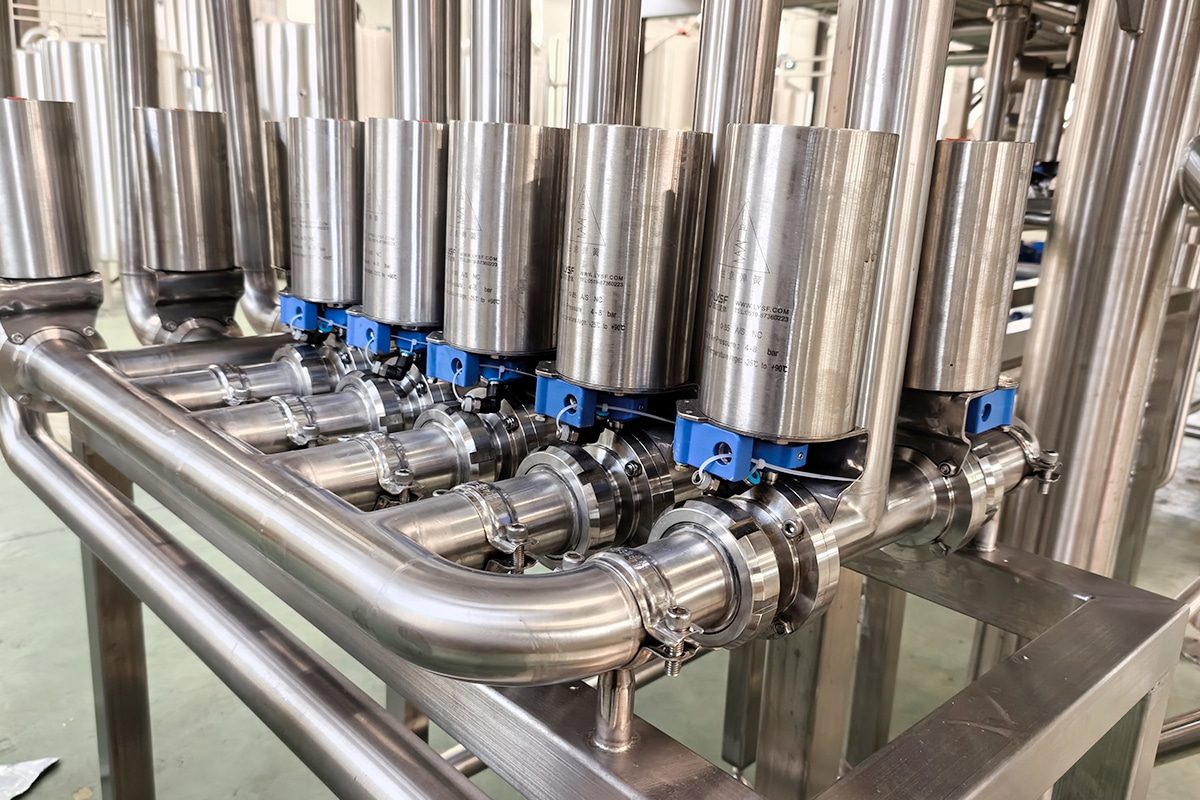
Supply Chain Management
Supplier Relations
Strong relationships with suppliers are the foundation of a resilient supply chain. Craft breweries must cultivate partnerships based on trust, communication, and mutual respect to ensure reliable and timely delivery of critical materials. Key considerations in establishing and maintaining supplier relationships include:
- Reliability: Building trust and reliability with your suppliers ensures you always receive high-quality materials and services.
- Communication: Open, transparent communication channels facilitate effective collaboration and problem-solving, allowing breweries to resolve issues promptly and proactively.
- Collaboration: Collaboration with suppliers can lead to mutually beneficial results such as cost savings, product improvements, and innovation. Breweries should involve suppliers in discussions about product specifications, quality standards, and process improvements.
- Flexibility: Suppliers who understand the unique needs and challenges of craft breweries can offer flexible solutions based on the brewery’s requirements, such as small batch orders or custom packaging options.
- Performance Monitoring: Regularly monitoring supplier performance helps breweries assess reliability, quality, and responsiveness. Breweries should establish key performance indicators (KPIs) and metrics to measure supplier performance and proactively address any issues or concerns.
Diversification
Relying on a single source for critical ingredients or materials can put breweries at significant risk in the event of disruptions such as supplier shortages, price fluctuations, or logistical challenges. Supply chain diversification helps mitigate these risks by:
- Supplier Redundancy: Identifying and qualifying alternative suppliers of critical ingredients and materials to ensure continuity of supply in the event of a disruption to the primary supplier.
- Geographic Diversity: Sourcing materials from multiple geographic regions reduces the risk of supply chain disruptions caused by localized events such as natural disasters, transportation disruptions, or political instability.
- Product Substitution: Identifying alternative materials or ingredients that can replace primary inputs, providing additional flexibility and resilience to the supply chain.
- Contract Manufacturing: The contract manufacturing arrangement allows a brewery to outsource certain production processes or components to a third-party manufacturer. This can help breweries scale production, reduce costs, and gain expertise.
Emergency Plan
Having a supply chain disruption contingency plan can maintain operational continuity and minimize the impact of unforeseen events. Craft breweries should assess potential risks and develop strategies to proactively address them. Key components of an emergency plan include:
- Risk Assessment: Identifying potential risks and vulnerabilities in the supply chain, such as shipping delays, natural disasters, or geopolitical instability, is the first step in developing contingency plans.
- Mitigation Strategies: Taking steps to mitigate the impact of supply chain disruptions, such as maintaining safety stock, securing alternative suppliers, or diversifying shipping routes, can help breweries minimize downtime and fulfill customer orders.
- Response Strategies: Develop predefined response strategies and action plans to address various types of disruptions, including alternative sourcing options, inventory storage, or production adjustments.
- Communication Protocols: Establish clear communication protocols internally and with external stakeholders to coordinate response efforts and keep key parties informed during a crisis.
- Emergency Response: Establish clear protocols and procedures for responding to supply chain emergencies to ensure a rapid, coordinated response. Beer companies should designate responsible personnel, establish communication channels, conduct regular training and drills, and prepare for possible crises.
Demand Forecast
Accurate demand forecasts can help optimize inventory management, production planning, and resource allocation. Craft breweries should utilize data analytics, market research, and sales forecasts to accurately predict demand. Key strategies for demand forecasting include:
- Optimize Inventory Levels: Balancing inventory levels to meet current demand while minimizing excess inventory helps reduce carrying costs and obsolescence risk.
- Historical Data Analysis: Analyzing past sales data and trends can provide insights into seasonal fluctuations, consumer preferences, and market dynamics. Breweries can use historical data to identify patterns and more accurately predict future demand.
- Market Research: Conducting market research, surveys, and consumer research can help breweries understand changing consumer preferences, emerging trends, and competitive dynamics. This information allows breweries to adjust their product offerings and marketing strategies accordingly.
- Collaboration with Stakeholders: Collaboration with distributors, retailers, and other stakeholders enables breweries to gather valuable insights about market demand and predict changes in customer behavior. Breweries should maintain open lines of communication and share information with key partners to facilitate demand forecasting.
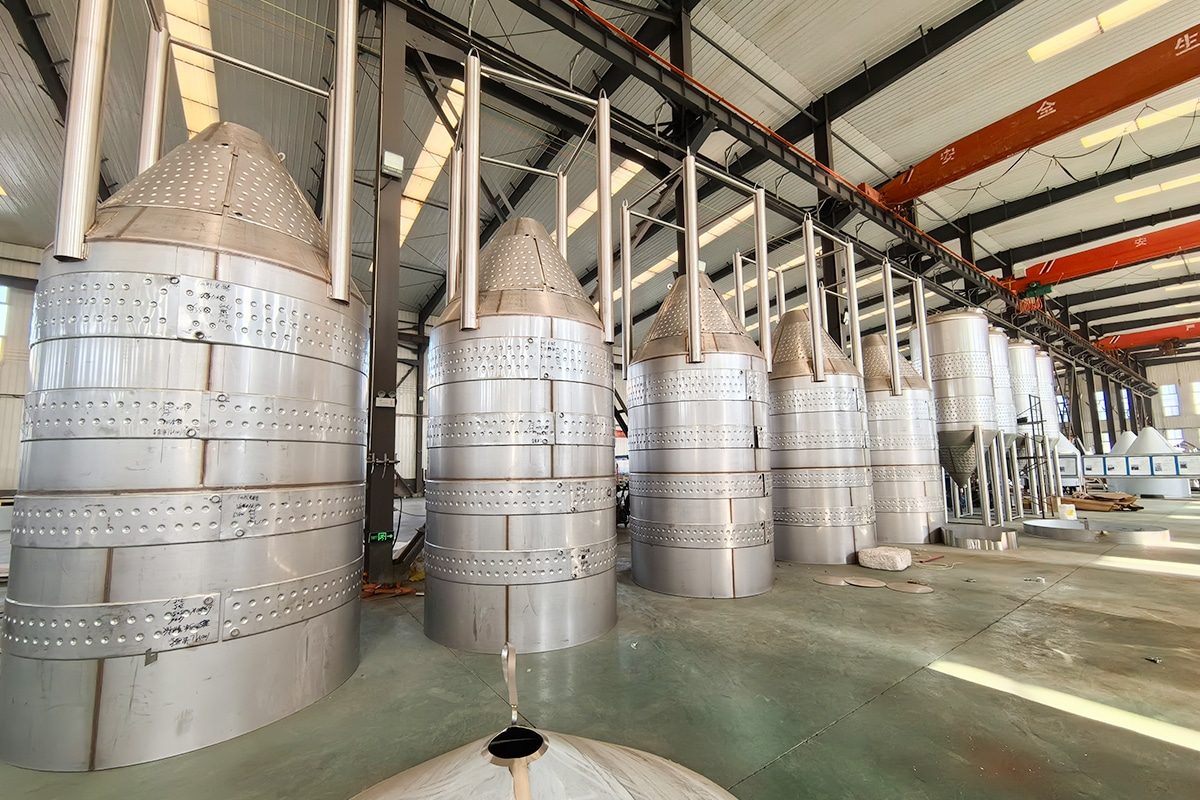
Financial Management
Budget and Planning
Developing a comprehensive budget and financial plan is the foundation of sound financial management. Craft breweries must effectively allocate resources, prioritize investments, and predict future financial performance. Key budgeting and planning considerations include:
- Production Costs: Identifying and estimating production costs, including raw materials, labor, utilities, and overhead, allows for the development of pricing strategies and production overhead budgets.
- Marketing and Promotions: Allocating a budget for marketing, advertising, and promotions can help a brewery build brand awareness, attract customers, and drive sales. Breweries should develop a marketing plan that is consistent with their business goals and target audience.
- Capital Expenditures: Planning capital expenditures, such as equipment purchases, facility expansions, or technology upgrades, requires careful consideration of costs, benefits, and return on investment. Breweries should prioritize investments that improve productivity, efficiency, and competitiveness.
Cost Control
Controlling costs helps maximize profitability and maintain financial stability. Craft breweries must look for opportunities to save costs, streamline operations, and minimize waste. Key strategies for cost control include:
- Inventory Management: Optimizing inventory levels and implementing an inventory management system can help breweries reduce carrying costs, minimize stock-outs, and avoid obsolescence. Breweries should monitor inventory turns and adjust purchasing practices accordingly.
- Energy Efficiency: Improve energy efficiency and reduce utility bills and environmental impact through equipment upgrades, process optimization, and energy conservation measures. Breweries can invest in energy-efficient equipment, implement lighting and HVAC controls, and conduct energy audits to identify energy-saving opportunities.
- Workforce Optimization: Effectively managing labor costs requires balancing staffing levels with production needs and effective scheduling. Breweries should consider factors such as overtime costs, employee productivity, and workforce flexibility when planning staffing levels.
- Overhead Expenses: Look for opportunities to reduce overhead expenses, such as utilities, rent, insurance, and administrative costs, through cost-saving initiatives, renegotiating contracts, or outsourcing non-core activities.
Pricing Strategy
Setting prices for products and services is an important aspect of financial management. Craft breweries must develop pricing strategies that reflect production costs, market demand, and competitive dynamics. Key considerations for pricing strategy include:
- Cost-Plus Pricing: Price calculated based on production costs (including materials, labor, and overhead), plus a markup to achieve the desired profit margin. Cost-plus pricing ensures that the price covers expenses and generates a profit.
- Value-Based Pricing: Setting prices based on a product’s perceived value to customers, taking into account factors such as quality, uniqueness, and brand reputation. Value-based pricing enables breweries to capture additional value and premiums.
- Competitive Pricing: Analyzing competitors’ pricing strategies and market positioning helps breweries determine price benchmarks and adjust pricing strategies accordingly. Beer companies should consider factors such as product differentiation, target market, and pricing flexibility when setting prices.
Cash Flow Management
Effectively managing cash flow ensures liquidity, meets financial obligations, and supports ongoing operations. Craft breweries must regularly monitor cash flow, predict future cash needs, and implement strategies to improve cash flow. Key components of cash flow management include:
- Accounts Receivable and Accounts Payable: Monitoring accounts receivable and accounts payable balances helps breweries effectively manage cash inflows and outflows. Breweries should strive to collect receivables promptly and negotiate favorable payment terms with suppliers.
- Working Capital Management: Optimizing working capital by managing inventory levels, accounts receivable, and accounts payable helps breweries maintain liquidity and support growth. Breweries should strive to minimize working capital needs while ensuring there is sufficient liquidity to cover expenses.
- Cash Flow Forecasting: Forecast future cash flows and identify potential cash shortfalls or surpluses, allowing breweries to strategically plan and allocate resources. Breweries can use cash flow forecasts to make informed decisions about investment, spending, and financing options.
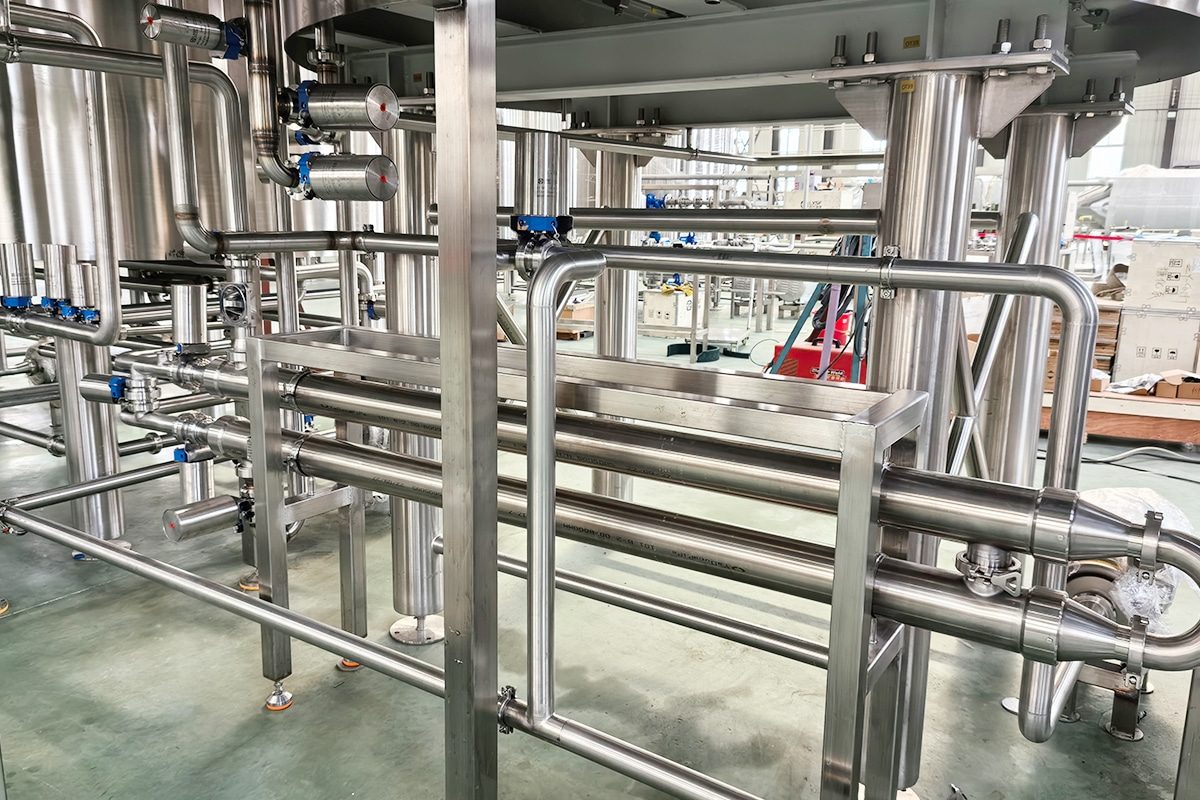
Brand Protection and Crisis Management
Brand Building
Craft breweries must invest in brand-building initiatives to stand out in a crowded market and create a unique identity that resonates with consumers. Key components of brand building include:
- Unique Brand Identity: Developing a unique brand identity that reflects your brewery’s values, personality, and story can help a brewery stand out in the marketplace. Breweries should define their brand positioning, visual identity, and messaging to create a memorable and authentic brand experience.
- Visual Identity: Develop a visually appealing and memorable brand identity that reflects the brewery’s values, personality, and unique selling proposition through logo design, packaging, labeling, and merchandise.
- Storytelling: Crafting a compelling brand story that conveys the brewery’s history, mission, values, and passion for brewing engages consumers on an emotional level and fosters a connection with the brand.
- Customer Experience: Deliver an exceptional customer experience through brewery tours, tastings, events, and interactions with associates, leaving a positive impression and enhancing brand loyalty.
- Brand Engagement: Engaging with customers through events, social media, tastings, and brewery experiences helps breweries build meaningful connections and loyalty. Breweries should prioritize building relationships with their audiences and creating memorable brand experiences.
Crisis Preparedness
Preparation is key to effectively managing a crisis and minimizing its impact on a brewery’s reputation. Craft breweries should develop a comprehensive crisis preparedness plan that outlines clear protocols and procedures for responding to emergencies. Key elements of crisis preparedness include:
- Risk Assessment: Identify potential risks and vulnerabilities that could lead to a crisis, such as quality control issues, supply chain disruptions, or breaches, allowing breweries to develop proactive mitigation strategies.
- Response Team: Designate a crisis response team composed of key stakeholders, including brewery management, public relations professionals, legal counsel, and related staff, to coordinate and execute crisis response efforts.
- Crisis Management Plan: Develop a comprehensive crisis management plan that outlines roles, responsibilities, communication protocols, and escalation procedures to enable the brewery to respond quickly and decisively in the event of a crisis.
- Scenario Planning: Conduct scenario planning exercises and simulations to anticipate potential crises, evaluate response strategies, and prepare response teams to respond quickly and effectively in real-world situations.
Communication Strategy
During a crisis, transparent and timely communication maintains the trust and credibility of stakeholders, including customers, distributors, employees, and regulators. Craft breweries should develop a clear communications strategy that prioritizes honesty, integrity, and empathy. Key components of an effective communication strategy include:
- Internal Communications: Keep employees informed and engaged during a crisis, ensuring a coordinated response and maintaining morale. Breweries should provide regular updates, address employee concerns, and establish open lines of communication.
- External Communications: Open and transparent communications with customers, distributors, regulators, and the media during a crisis can help manage perceptions and mitigate reputational damage. Breweries should provide accurate information, proactively resolve issues, and demonstrate responsibility and commitment to resolving issues.
- Social Media Management: Monitor mentions of the brewery on social media channels and online forums and actively engage with customers to resolve questions, concerns, and feedback in a timely and professional manner.
Reputation Management
Protecting and managing a brewery’s reputation requires ongoing effort and vigilance. Craft breweries should implement proactive reputation management strategies to build resilience and maintain a positive image in the minds of consumers. Key elements of reputation management include:
- Monitoring and Analysis: Continuously monitor traditional and digital media channels, social media platforms, review sites, and consumer feedback to track mentions of the brewery and gauge sentiment and perception.
- Problem Resolution: Resolve negative feedback, complaints, or misunderstandings in a timely and professional manner to demonstrate responsiveness, responsibility, and commitment to customer satisfaction.
- Brand Advocacy: Develop brand advocates and ambassadors among loyal customers, industry influencers, and community stakeholders who can help amplify positive messages, protect the brewery from detractors, and enhance its reputation.
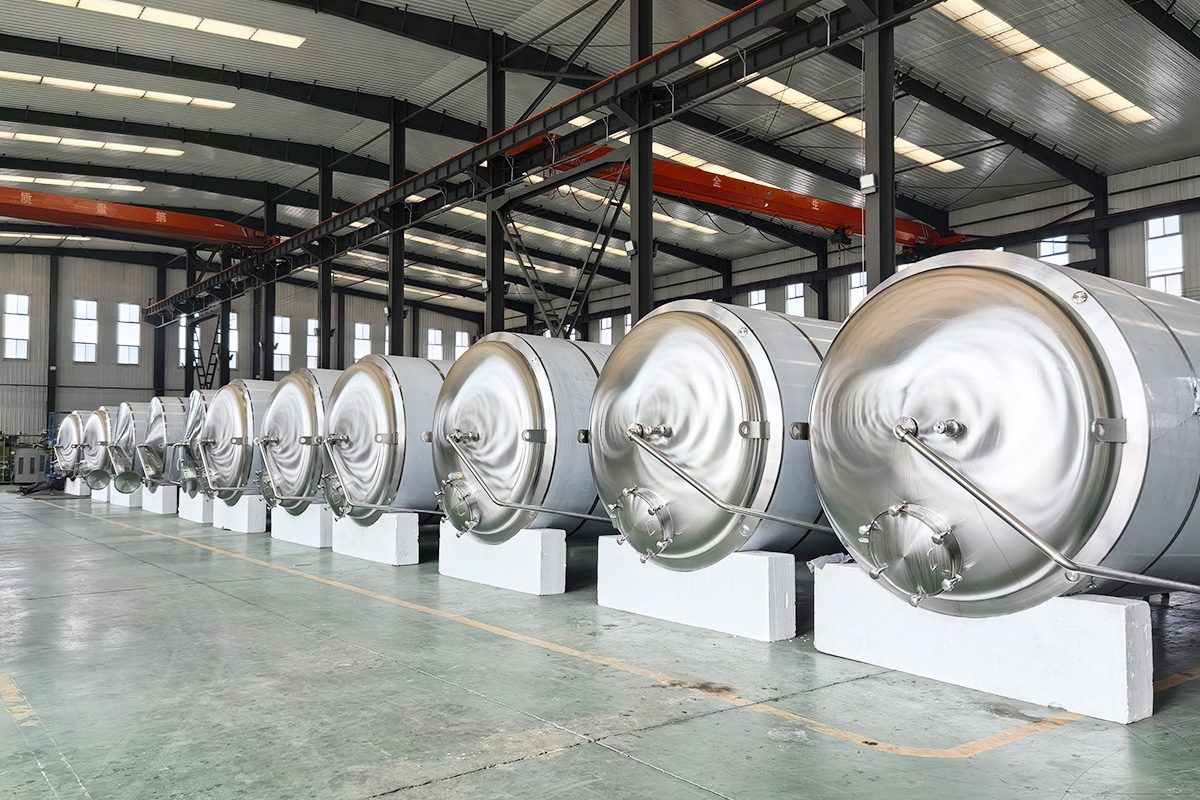
Employee Training and Safety
Safety Training
Training employees on safety procedures and best practices can prevent workplace accidents and injuries. Craft breweries should provide all employees with comprehensive safety training covering the following topics:
- Equipment Operation: Training employees on the safe operation of brewing equipment, machinery, and tools can help minimize the risk of accidents and injuries. Employees should be familiar with equipment controls, safety features, and emergency shutdown procedures.
- Hazardous Materials Handling: Educating employees on how to properly handle, store, and dispose of hazardous materials, such as cleaning chemicals, compressed gases, and fermentation by-products, can reduce the risk of chemical exposure, spills, and environmental contamination.
- Emergency Procedures: Conduct training drills and simulations of emergency procedures such as fire evacuation, first aid response, and chemical spill cleanup to prepare employees to respond effectively and minimize harm in a crisis.
Health and Wellness Plan
Promoting employee health helps create a positive work environment, improves morale, and increases productivity. Craft breweries can implement a variety of health and wellness programs to support the physical and mental health of their employees, including:
- Employee Assistance Program (EAP): Offering an EAP provides employees with confidential counseling, mental health services, and resources to address personal or work-related issues. EAPs can help employees cope with stress, improve work-life balance, and enhance overall well-being.
- Health Screenings: Providing health screenings and wellness screenings allows employees to monitor their health and identify potential risk factors or early signs of illness. Breweries can partner with healthcare providers to offer screenings for blood pressure, cholesterol, and other health markers.
- Fitness Programs: Organize fitness challenges, exercise classes, or gym memberships to encourage employees to stay active and maintain a healthy lifestyle. Physical activity can reduce the risk of chronic disease, improve mood, and increase energy levels.
Ergonomics and Workstation Design
Designing ergonomic workstations and optimizing workplace layouts can reduce the risk of musculoskeletal injuries and increase employee comfort and productivity. Craft breweries should consider the following principles when designing workstations:
- Ergonomic Equipment: Provide ergonomic equipment, such as adjustable chairs, anti-fatigue mats, and ergonomic tools, to support correct posture and reduce the risk of strains. Breweries should invest in ergonomically designed equipment to increase employee comfort and efficiency.
- Workstation Layout: Arrange workstations and equipment to minimize reaching, bending, and repetitive movements to reduce stress on employee muscles and joints. Breweries should design workstations with adjustable height, proper lighting, and enough space to accommodate different tasks.
- Practical Ergonomics Training: Educate employees on proper ergonomics and workstation setup to help them identify and address ergonomic risk factors in the work environment. Breweries should provide training in ergonomic principles, including lifting techniques, workstation ergonomics, and stretching.
Continuous Improvement
Fostering a culture of continuous improvement encourages employees to proactively identify and resolve safety hazards and ergonomic issues. Craft breweries can promote continuous improvement by:
- Employee Feedback: Encourage employees to provide feedback on safety issues, near misses, and potential improvements, promoting open communication and engagement. Breweries should seek input from employees and include them in safety-related decision-making processes.
- Safety Audits: Regular safety audits and inspections of the workplace help identify hazards, assess compliance with safety regulations, and implement corrective actions. Breweries should establish formal safety audit procedures and promptly follow up on identified issues.
- Training and Skills Development: Provide employees with ongoing training and skills development opportunities, including safety training, ergonomics workshops, and leadership development programs, to enhance their knowledge, skills, and confidence in maintaining a safe work environment.
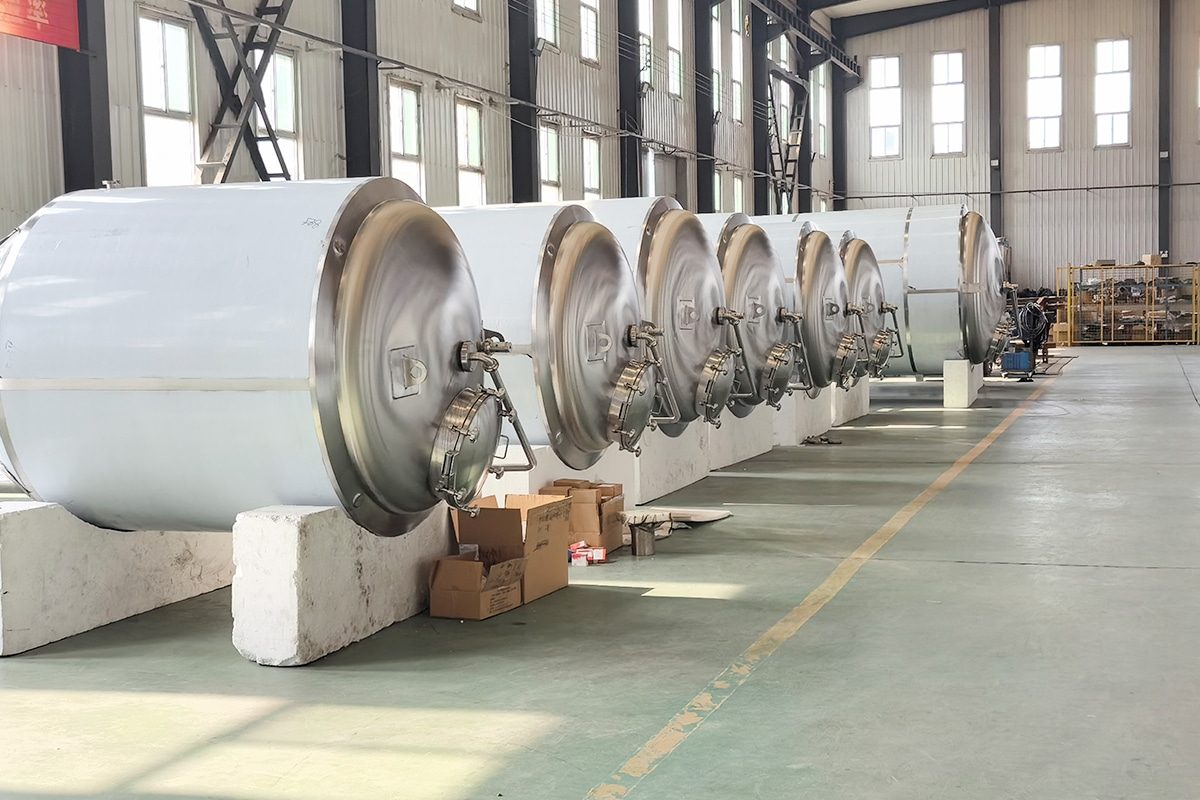
Summary
